
BYD is increasingly becoming a brand synonymous with good value in Australia, currently holding the title for cheapest all-electric car in the country with its Dolphin hatchback.
Aiming to give customers as much choice as possible, the brand’s Sealion 5 plug-in hybrid electric vehicle (PHEV) may soon land on our shores – possibly securing the spot of cheapest PHEV in the country for the brand at the same time, too (currently held by the Chery Tiggo 7 Super Hybrid SUV, at $39,990 drive away).
Last month, we spent time with a Chinese example of the Sealion 5 midsize SUV to find out how competitive the prospective new model would be in the affordable PHEV space locally.
Australian confirmation, and thus pricing, for the 2026 BYD Sealion 5 remains elusive for now.
Slotting in below the Sealion 6 PHEV SUV (priced from $42,990 before on-roads), it’s fair to assume the Sealion 5’s price would be shaved down to the high-30s – to both enter plug-in hybrid pricing wars and to adequately differentiate itself from its larger sibling.
And it wouldn’t need to go deep into the 30s to claim cheapest PHEV in Australia, with the current (and recently released) Chery Tiggo 7 Super Hybrid currently holding the title at $39,990 drive away.
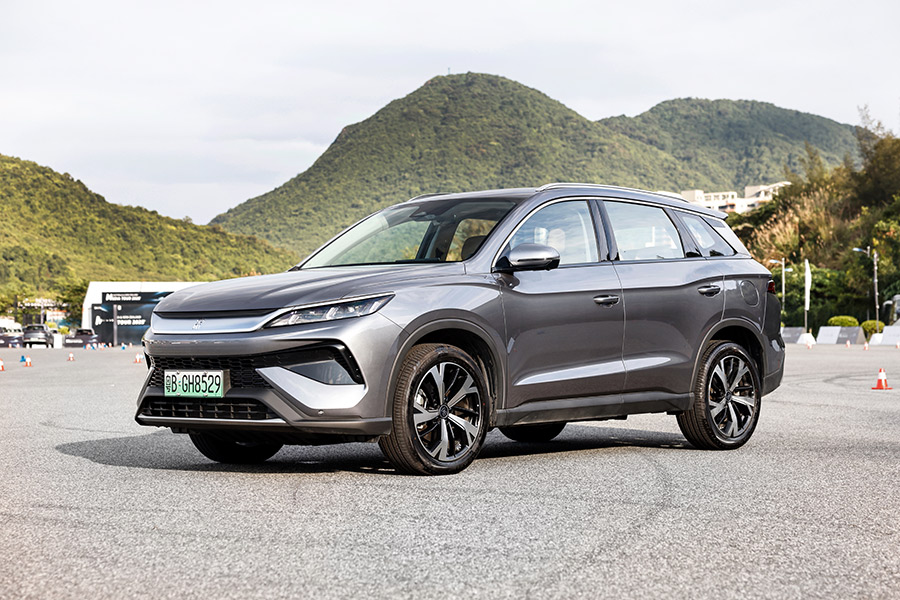
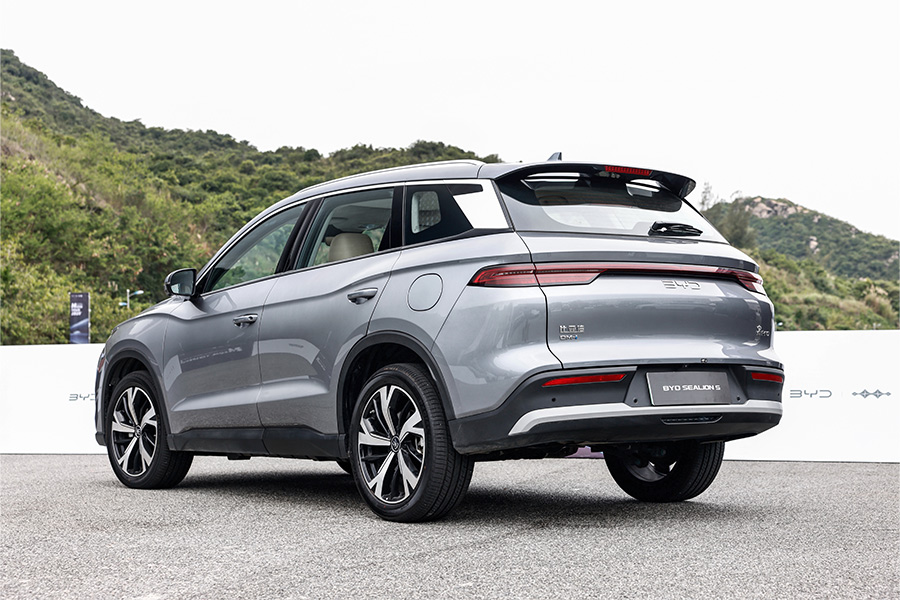
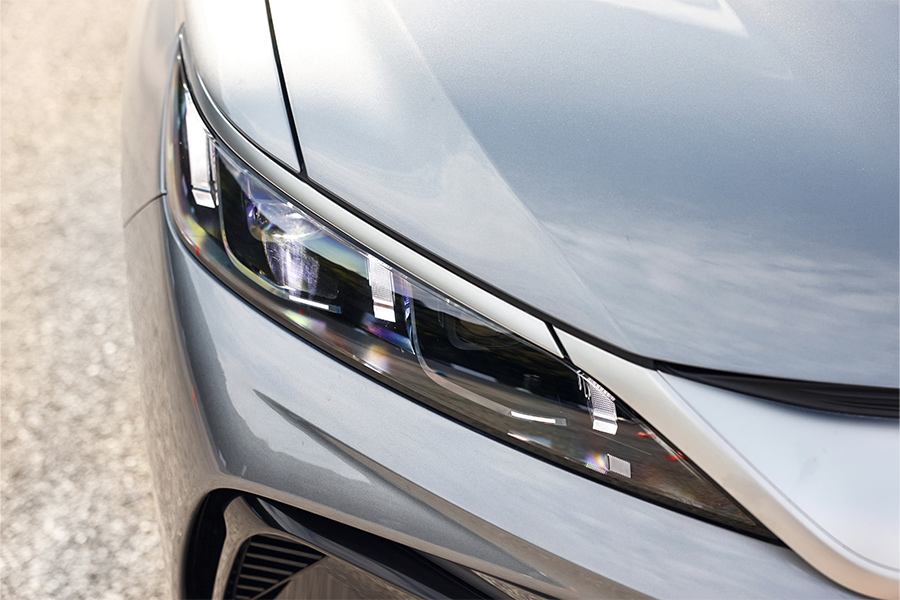
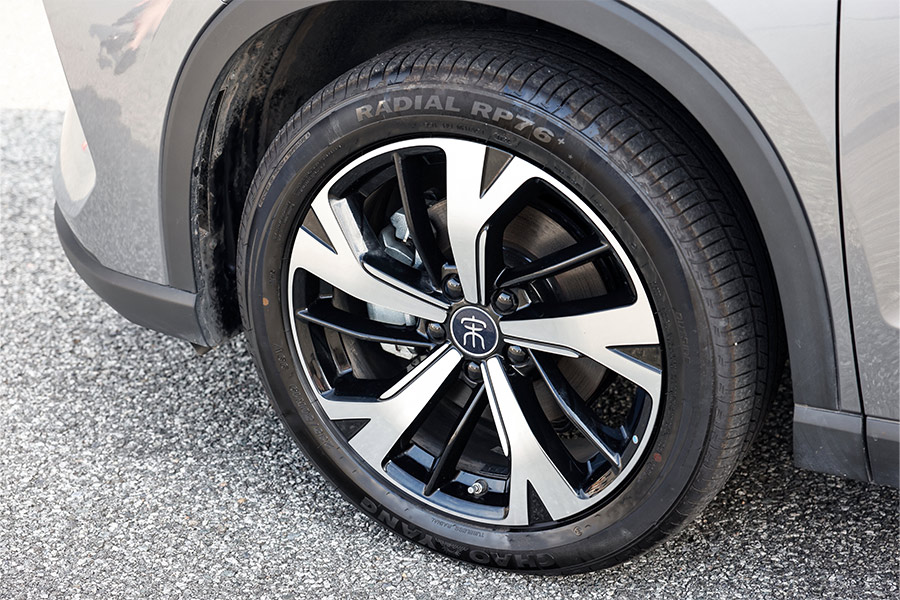
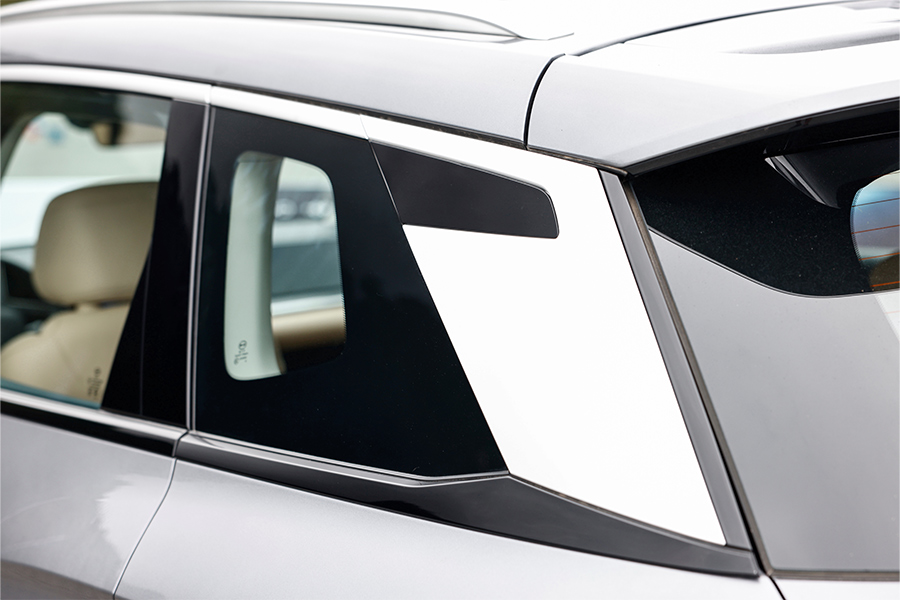
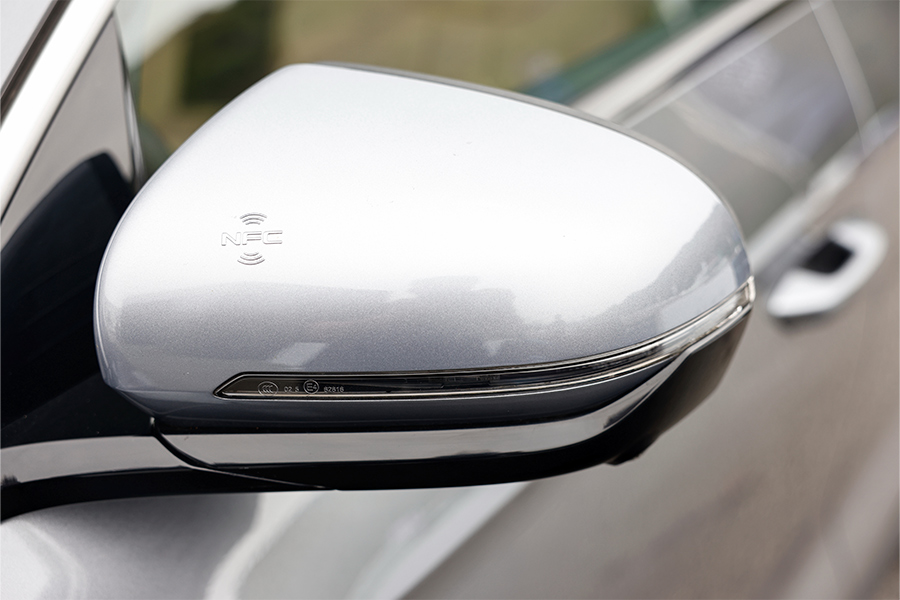
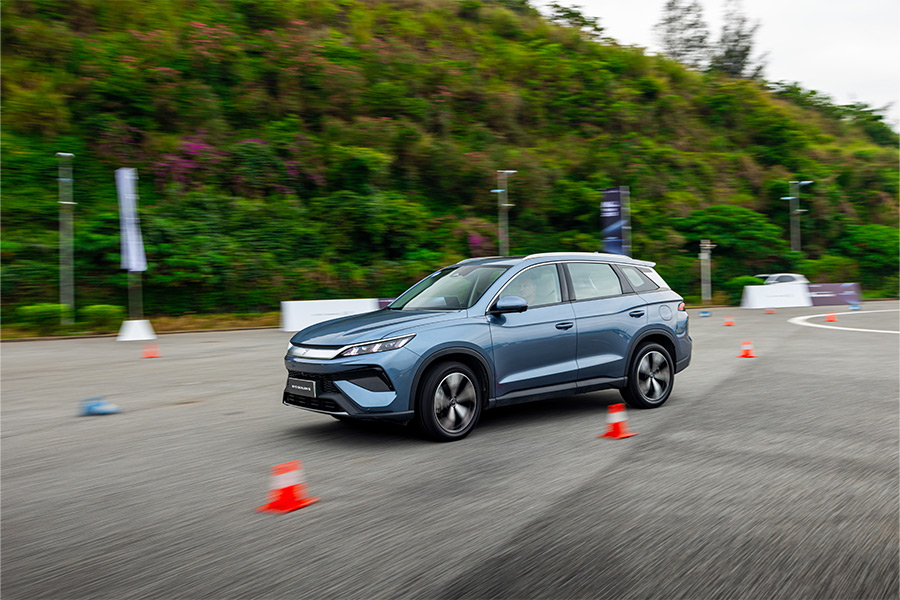
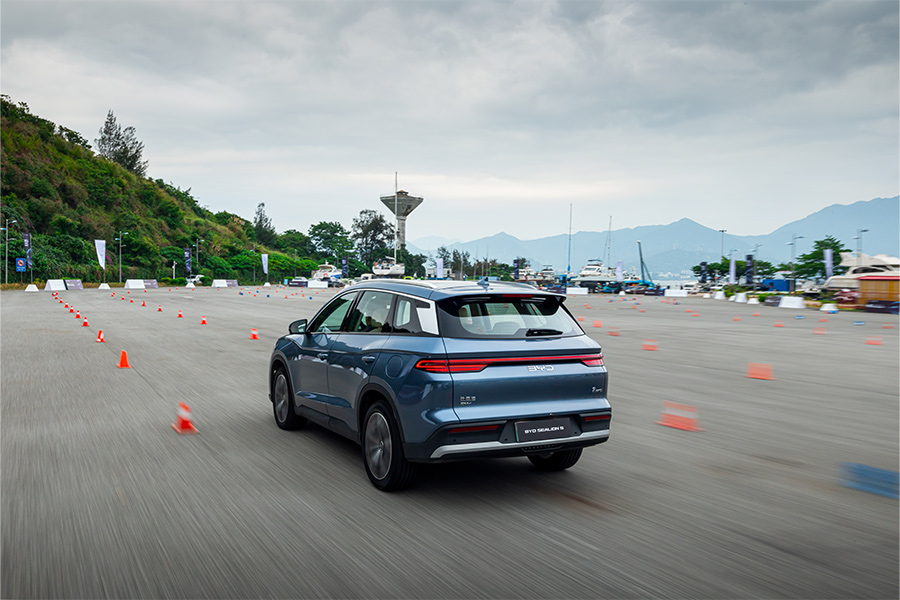
Being a member of BYD’s ‘Ocean’ design series (as opposed to something like the Atto 3, which is part of its ‘Dynasty’ series), the Sealion 5 gets styling leaning towards the conservative end of the spectrum.
Displaying more restrained curves, material finishes and colour palettes than something like an Atto 3, our test car showed off a sort of pale apricot on its seats and door cards, offset against various greys and silvers, and all combining to create a nice cabin ambience.
A rotatable 12.8-inch touchscreen sits centre in the dash, with an 8.8-inch driver display behind the steering wheel. Both provide a crisp image and good brightness.
As with every BYD model we drove in China recently, seat comfort is thoroughly impressive front and rear.
Measuring 4738mm in length (for reference, the best-selling Toyota RAV 4 is about 4600mm), the Sealion 5 offers a wheelbase of 2712mm against the RAV4’s 2690mm, meaning plenty of legroom. Boot size is down in the Sealion 5 though, despite being the physically larger car, at 520 litres versus 542 litres.


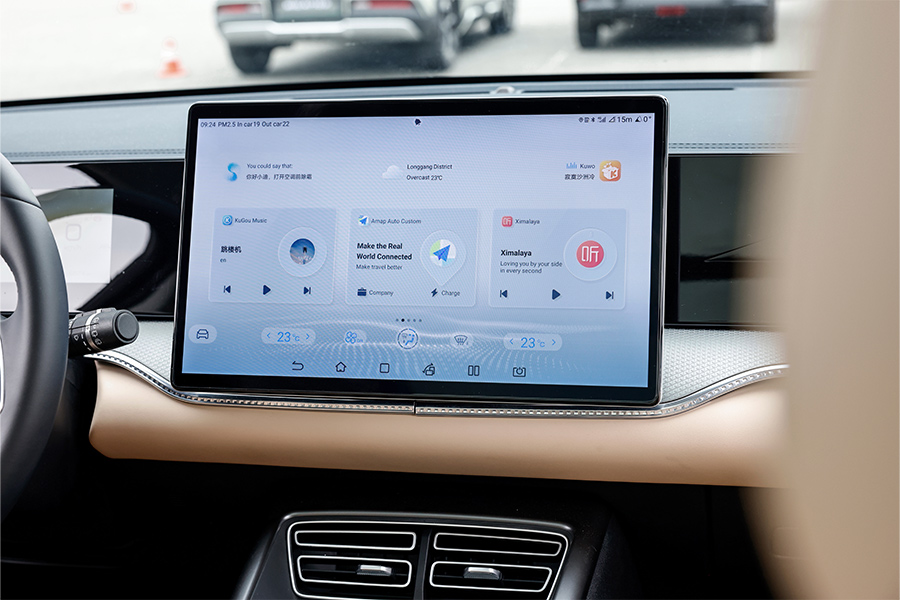
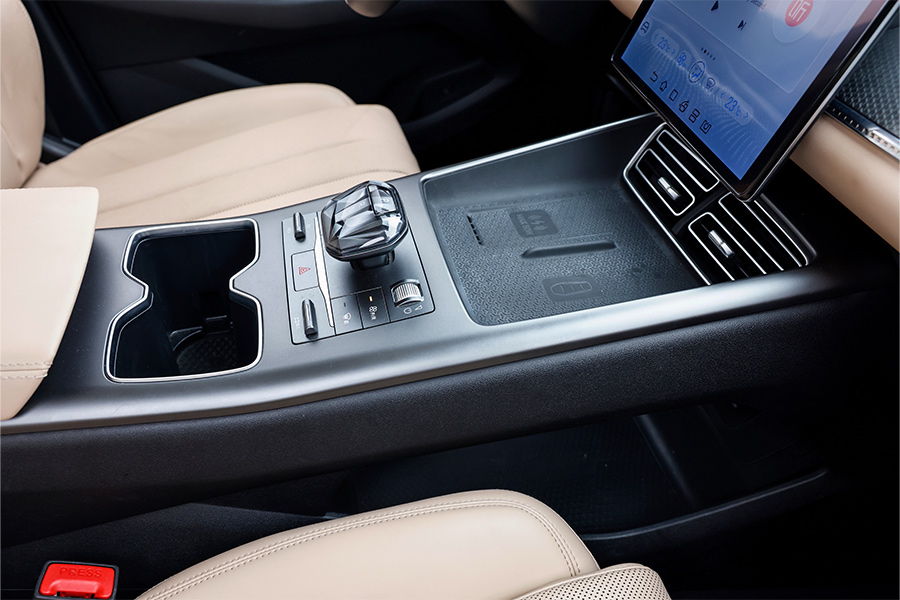
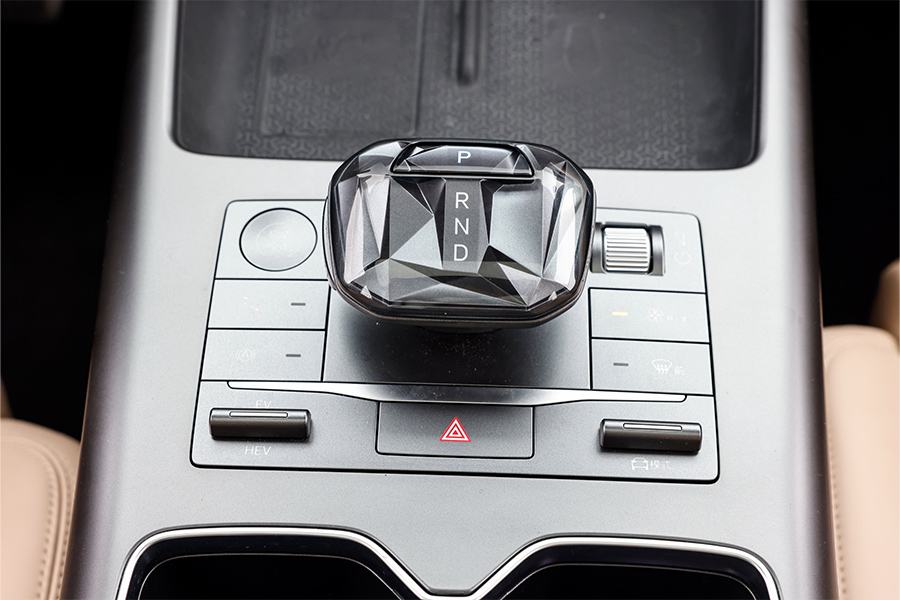
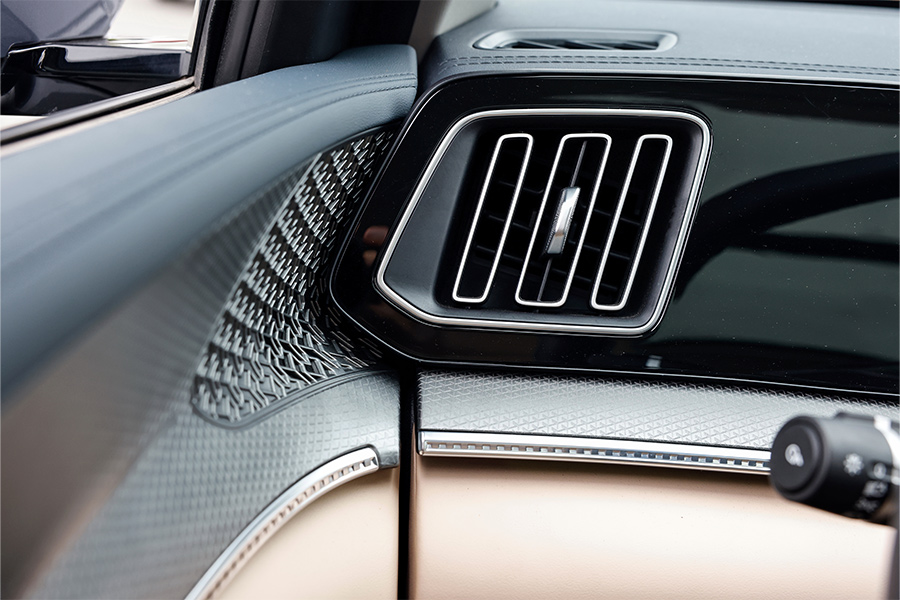


Riding on BYD’s DM-i platform, the 2026 BYD Sealion 5 scores a plug-in hybrid drivetrain that combines a petrol engine with an electric motor. Unlike the larger Sealion 6, there will be no dual-motor, all-wheel drive performance variant offered.
Getting into the numbers, there’s a 74kW/126Nm 1.5-litre petrol four-cylinder engine that primarily creates charge to run a 126kW and 210Nm electric motor driving the front wheels through an e-CVT.
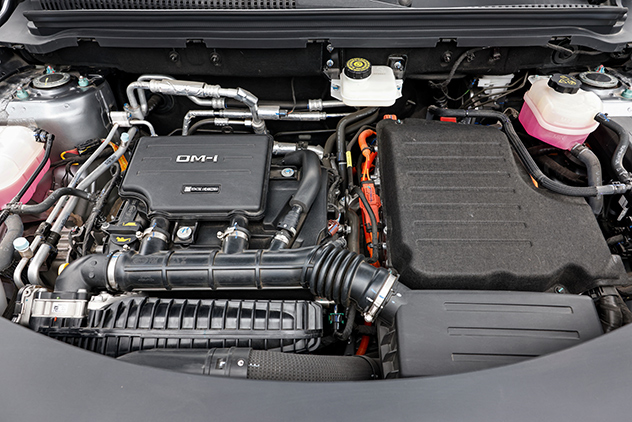
In other regions, buyers have a choice between two battery sizes – 12.9kWh or 18.3kWh – providing all-electric driving ranges of 75km and 115km respectively, however claimed via the generous CLTC protocol. We would expect, given Australian buying tastes, that the larger option would an – if not the only – option here.
Total system outputs are rated at 147kW and 300Nm (based on other markets), with BYD claiming a total driving range of up to 1400km (again, calculated via a more lenient and outdated NEDC standard).
— Liam Murphy
The 2026 BYD Sealion 5 would likely follow the trim level structure of the larger Sealion 6, with a base Essential trim topped by flagship Premium, if it did come Down Under.
Going to battle in the sub-$40k PHEV market, the Sealion 5 would be leaned out on standard kit compared to its Sealion 6 stablemate.
We’d expect to see at least wireless Android Auto and Apple CarPlay, wireless phone charging and an assortment of USB ports. You could also expect keyless entry and start and the usual convenience features at a minimum.
The 2026 BYD Sealion 5 has not been tested by Euro NCAP or ANCAP.
However, with a similar platform and dimension, the Sealion 6 achieved a five-star score through ANCAP during its 2023 testing.
Looking elsewhere at the BYD stable also suggests the company doesn’t cost-cut by way of standard safety kit. In other markets, the all-electric version of the Sealion 5 (known as the Sealion 05 EV) receives the brand’s ‘God’s Eye’ safety tech, combining camera and LiDAR technology to implement semi-autonomous safety features.
If the model were to come to Australia, we’d expect some iteration of the God’s Eye system in addition to a standard suite of parking sensors, assists, and adaptive cruise control.
Our time with the 2026 BYD Sealion 5 was too limited to draw any informed conclusions about how efficient that PHEV powertrain really is, but we did get a decent understanding of its dynamics.
The ride is comfortable (albeit a tad soft), with the Sealion 5 showing good bump absorption and cabin insulation even when abused over ripple strips and bumps.
When pushed or asked to react quickly, it does tend to lose some composure and fall over its own feet a little, but with the commensurate comfort gained from losing stiffness, the trade-off feels worthwhile.
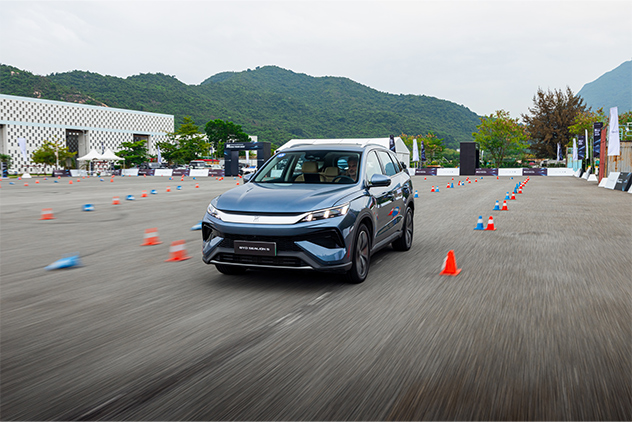
Front tyre grip is minimal, but the Sealion 5 finds this limit with neutral balance and a nice, gradual predictability. Put simply, it handles like a car you might want your kids to learn to drive in.
Power delivery from the hybrid system is smooth and ample, with the Sealion 5 coasting up to triple-digit speeds without feeling laboured.
Surprisingly, of all the Chinese-specification, entry-level BYD product we drove abroad, the Sealion 5 feels the most capable to deal with Australian roads without the need for fettling and local tuning.
The sub-$40k PHEV battle in Australia is heating up, and it’s only going to get hotter if the BYD Sealion 5 lands with competitive pricing.
It’s not the best car we’ve ever driven, but the Sealion 5 is a foundationally solid offering, and testament that technology, cabin fit-out and driving dynamics don’t have to suffer inordinately just to offer an affordable car.